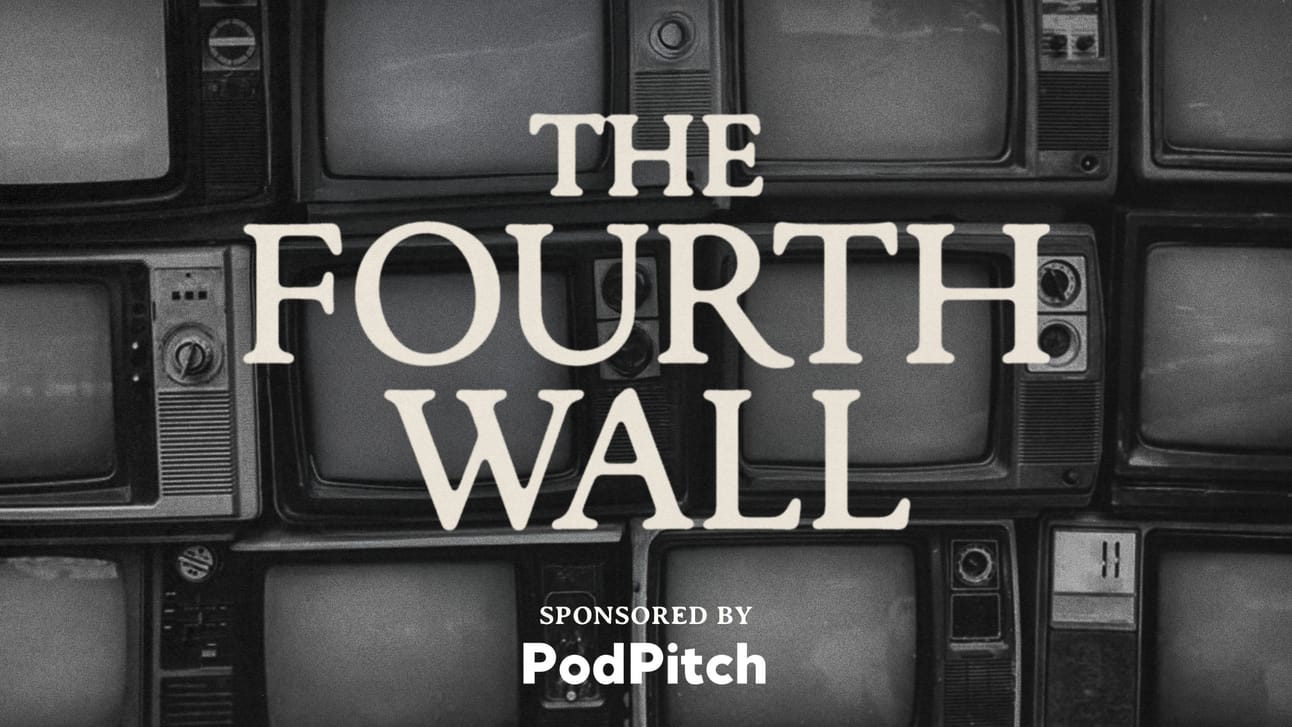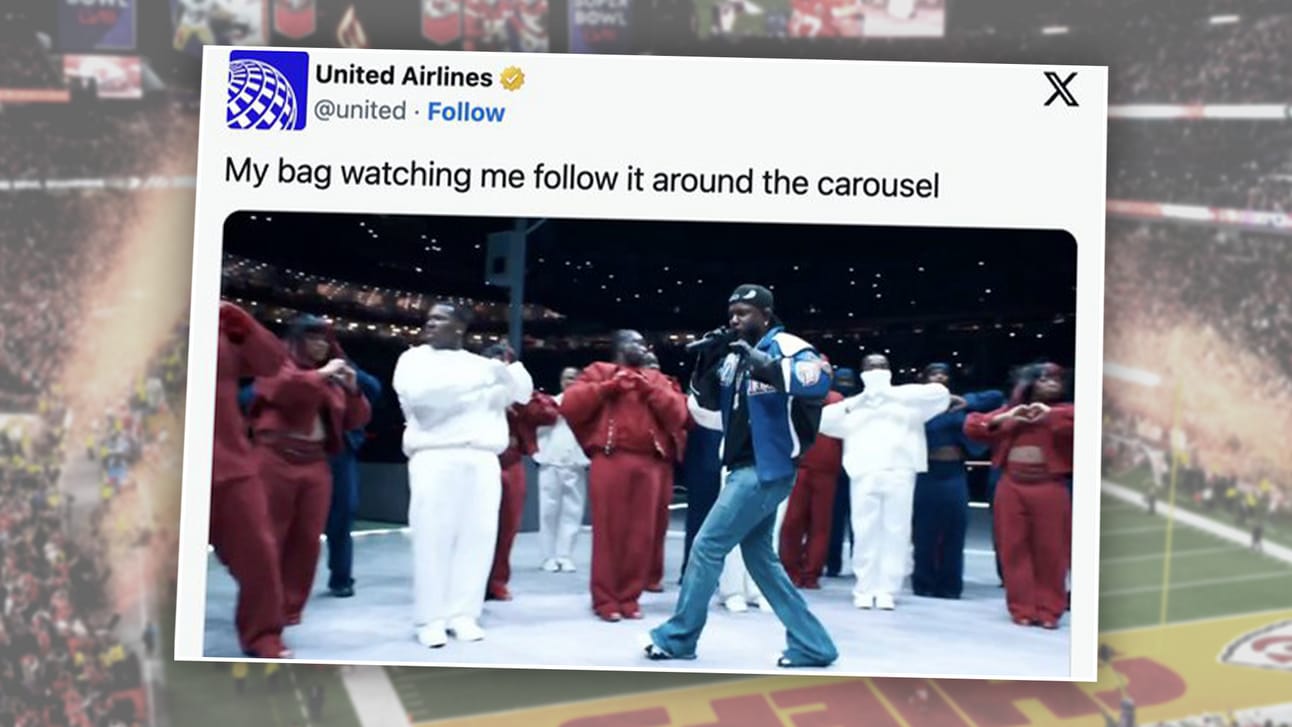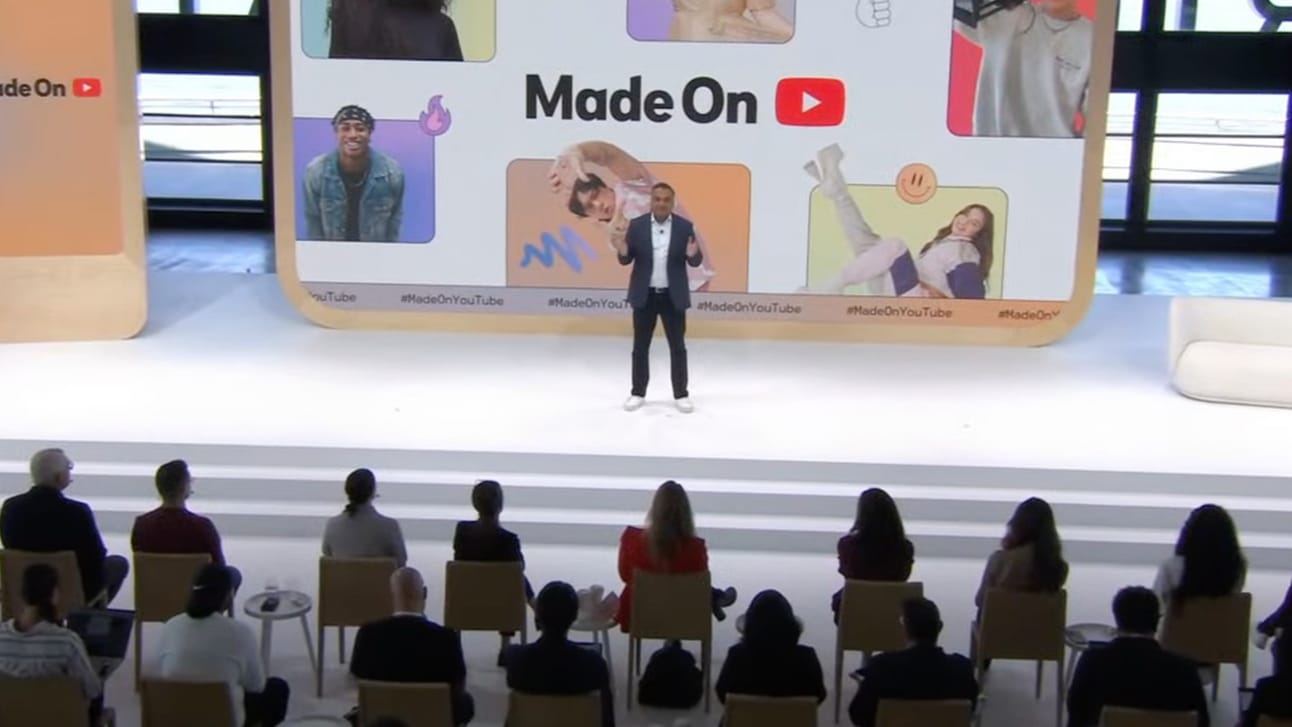Channel Changers 📺
Big shifts in where, why, and how the world is watching 👀

Good morning 👋🏼 This week made one thing very clear to me: the lines between entertainment, marketing, and media are blurring, and the smartest brands, creators, and companies are inviting people to engage, participate, and stay.
This week, we’re looking at how that shift played out on the biggest stage in the world, why more brands are thinking like production studios, and what YouTube’s latest news signals about the future of content.
Let’s get into it.

🏈 Super Bowl Split Screen
The most interesting thing about this year's Super Bowl wasn't what happened on TV - it was what happened everywhere else. While millions tuned in for the traditional parade of big-budget commercials, the real marketing magic was unfolding across a messy, chaotic, and insanely effective web of content.
In New Orleans, the NFL hosted more than 150 creators for the big game, while brands like Gatorade and Verizon set up shop to host creator-focused events throughout the city. Creator houses popped up across the French Quarter, turning the host city into a content creation hub that went far beyond the stadium.
On social, brands orchestrated elaborate content universes around their Super Bowl presence:
Dunkin' created an entire storyline around their TV spot
United Airlines managed to turn Kendrick's halftime performance into a viral luggage meme within minutes
Pringles and Little Caesars made a conjoined post about their suspiciously similar facial hair-themed commercials
The most effective brands weren't choosing between TV or social - they were creating entire content ecosystems. Audience attention isn't about capturing one big moment anymore - it's maintaining a continuous conversation across multiple channels.
The Takeaway: Traditional marketing asked "How do we get people to watch?" The new question is "How do we get people to play?" The Super Bowl showed us that creating playgrounds might be more valuable than creating commercials.

🎥 Chiefs of Content
In the middle of preparing for their fourth Super Bowl appearance in five years, the Kansas City Chiefs announced they're launching a production studio.
And they’re not just making highlight reels. They're developing scripted series, documentaries, and holiday specials (yes, really).
What's fascinating here is how the Chiefs are positioning content creation as a fundamental business function, not just a marketing tool. By establishing a dedicated studio, they're embracing the reality of the attention economy in 2025.
Barriers to entry for professional-quality content creation have never been lower. The tools, technology, and distribution channels that were once exclusive to major studios are now accessible to almost anyone. The Chiefs' move isn't just about them becoming a production studio - it's a sign that every organization needs to start thinking like one.
The Takeaway: Content creation isn't just a marketing strategy anymore - it's becoming a major part of what it means to be a brand or organization. The question isn't whether you should become a production studio - it's how quickly you can start shifting your mindset to think like one (and building those capabilities.)

INTERMISSION
Get Your Team Booked on 3.8 Million Podcasts Automatically
It's 2025. Want to finally be a regular podcast guest in your industry? PodPitch will make it happen. Even the beehiiv team uses it!
The best way to advertise isn't Meta or Google – it's appearing on podcasts your customers love.
PodPitch.com automates thousands of weekly emails for you, pitching your team as ideal guests.
Big brands like Feastables use PodPitch.com instead of expensive PR agencies.

📹 You & YouTube
As YouTube celebrates its 20th birthday this year, the CEO dropped some “big bets” that reveal where content is heading: TV screens are now the primary way people watch YouTube in the US. Not phones. Not laptops. TVs. The line between "social content" and "mainstream media" isn't just blurring - it's vanishing.
This shift isn't just changing how we watch - it's transforming the entire economics of content. Just like the Chiefs, successful creators are building media companies with multiple revenue streams: ads, memberships, merchandise, brand deals.
What's wild is that these creator-led studios are often outperforming traditional media companies. They're more nimble, more connected to their audiences, and they're often more profitable because they've figured out how to turn engagement into actual revenue.
But this isn't just about YouTube. Like I said before, every organization needs to think about content as a core business function, not just marketing.
So while I talk a lot about short-form content, there’s clearly a good case for investing time and energy into longer form storytelling (mini-documentaries, video podcasts, repeatable series) that can be clipped up and redistributed.
The Takeaway: Not dissimilar from the previous takeaway—the future of content for creators, artists, companies, and brands will be about building sustainable media operations and systems so that there can be a consistent flow of quality output.

👀 The Three-Peek
Here’s three things I saw online this week that inspired me:
This clip from the PBS documentary about IN THE HEIGHTS, got me thinking about what an engaging “first day of rehearsal video” could look like
This type of video isn’t a totally new idea, but I’d love to see it with show or rehearsal b-roll and the score rolling underneath
These video carousels are really interesting to me right now—there’s something soothing about the simplicity, and I’m curious what that could look like for a brand…
☝🏼 One last thing…
Being an artist in this business can be, frankly, brutal. The inconsistency and unreliability of working is emotionally, spiritually, and financially taxing. It’s part of the reason I started this newsletter—I wanted a creative outlet that was sustainable.
I shared on social media earlier this week that I’m going to be starting rehearsals for a brand new, off-Broadway musical. I’m over the moon to be back in a rehearsal room, but it also felt a little bittersweet.
I’ve been so inspired by the momentum we’ve been building with The Fourth Wall, and while I’d normally drop every other project to focus on the show—this time around I want to find a way to merge them. To continue to deliver something sweet to your inbox every Friday and be 100% present in the rehearsal room.
How’s that going to work? We’re going to find out together. I gave a few more details on my “plan” in this video.
I can’t thank you enough for the kind messages and insightful questions you’ve been sending my way (keep ‘em coming!)
And thanks for reading until the end ♥️
See you next week!



